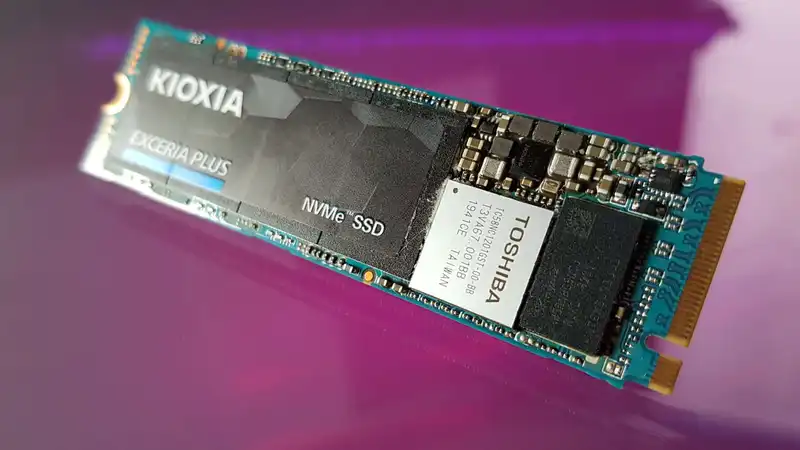If you could open up the best gaming SSD and dig inside its chip, you would see that flash memory is composed of many layers. Memory chip giant Kioxia aims to expand this to 1,000 layers by 2027, paving the way for 20TB SSDs that can be sold for as little as $250.
As reported by Japanese tech site PC Watch (via Hot Hardware), Kioxia declared its lofty goals at this year's International Memory Workshop in Seoul. In a keynote address to the hundreds of delegates attending the conference, Kioxia introduced the rapid development in recent years of 3D NAND flash, a type of memory chip currently used in all gaming SSDs
.
This is primarily due to the stacking process, whereby multiple layers of memory cells are grouped together in a vertical structure. Since the individual layers are still relatively small, wafer yields can be kept high and manufacturing costs low. Thus, a fast 2 TB SSD can be purchased for less than $150, something that was unimaginable a decade ago.
However, the demand for more storage is as strong as ever, and the competition among Kioxia, Samsung, Micron, and others is indeed fierce, especially now that China-based flash foundries have entered the market. The only way to stand out in such a crowd is to have faster, more affordable, larger flash memory chips.
Currently, Kioxia's largest flash chip has 162 layers, but a 218-layer model is expected to hit the market soon. Samsung earlier this year threw down the gauntlet of 1,000 layers with a 2030 deadline, but Kioxia is aiming for 2027, so it looks like we won't have to wait much longer until gaming PCs are equipped with truly massive SSDs.
But it's not a simple case of gluing more layers together to make a wobbly tower like Jenga of NAND flash; just reaching 400 layers is a serious challenge for the industry, but Kioxia is aiming for 100 gigabytes per square millimeter bit Kioxia plans to make it even more difficult by targeting a density of 100 gigabytes per square millimeter. At present, that is about 20 to 30 layers, whereas 10 years ago it was more than one layer.
But 20TB for $300 - that's certainly not possible." Today, if you can get a fast 4TB SSD for $200, you're lucky. It is worth noting that Kioxia itself did not state this figure, but rather a reasonable estimate by PC Watch ($250 to $350), which is not completely pulled out of the sky. However, there are still some important ifs.
Only if Kioxia achieves its goal of 100 Gb/mm2 and 1,000 tiers, and manufacturing yields and costs are comparable to today, will it be possible to sell a consumer-grade SSD of this capacity at this price.
However, unlike the world of CPUs and GPUs, where there is little competition, the NAND flash industry is one technology area where significant improvements are coming rapidly. You may not think that in just three years we will see SSDs that are 10 times larger than they are now, at twice the price, but I wouldn't bet against that possibility.


Comments